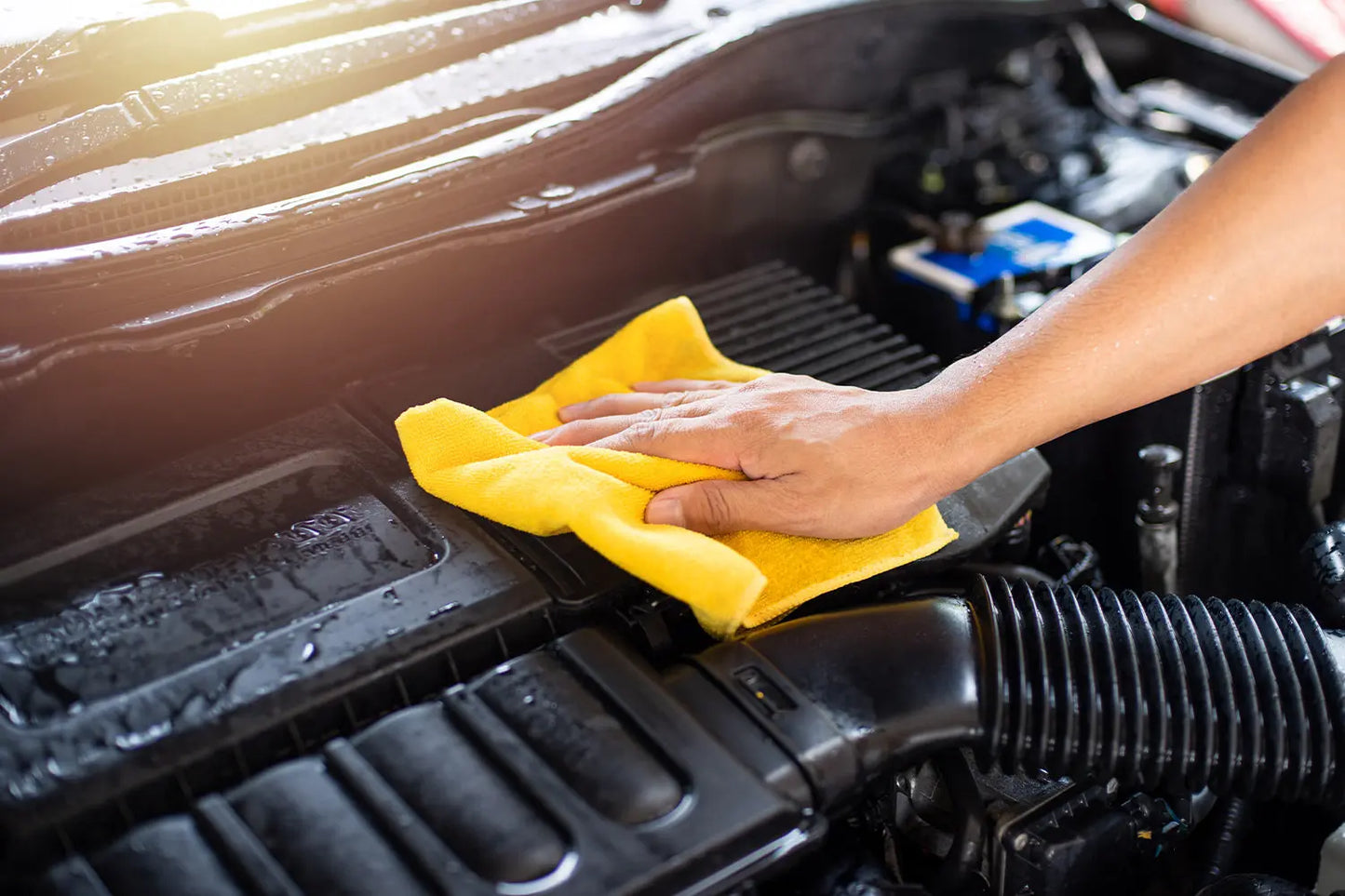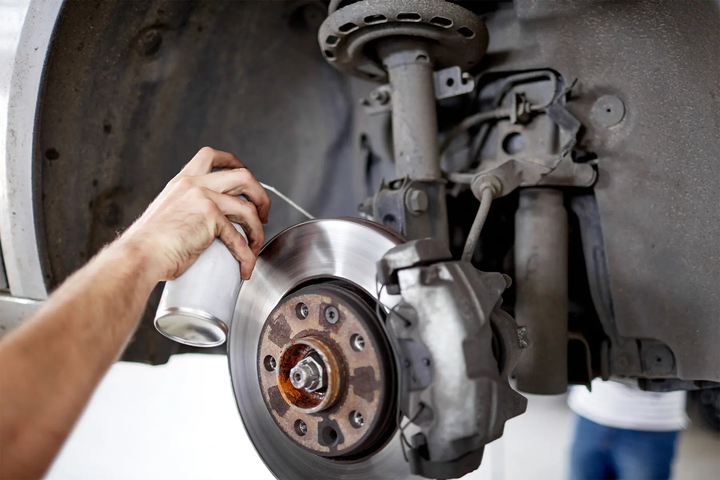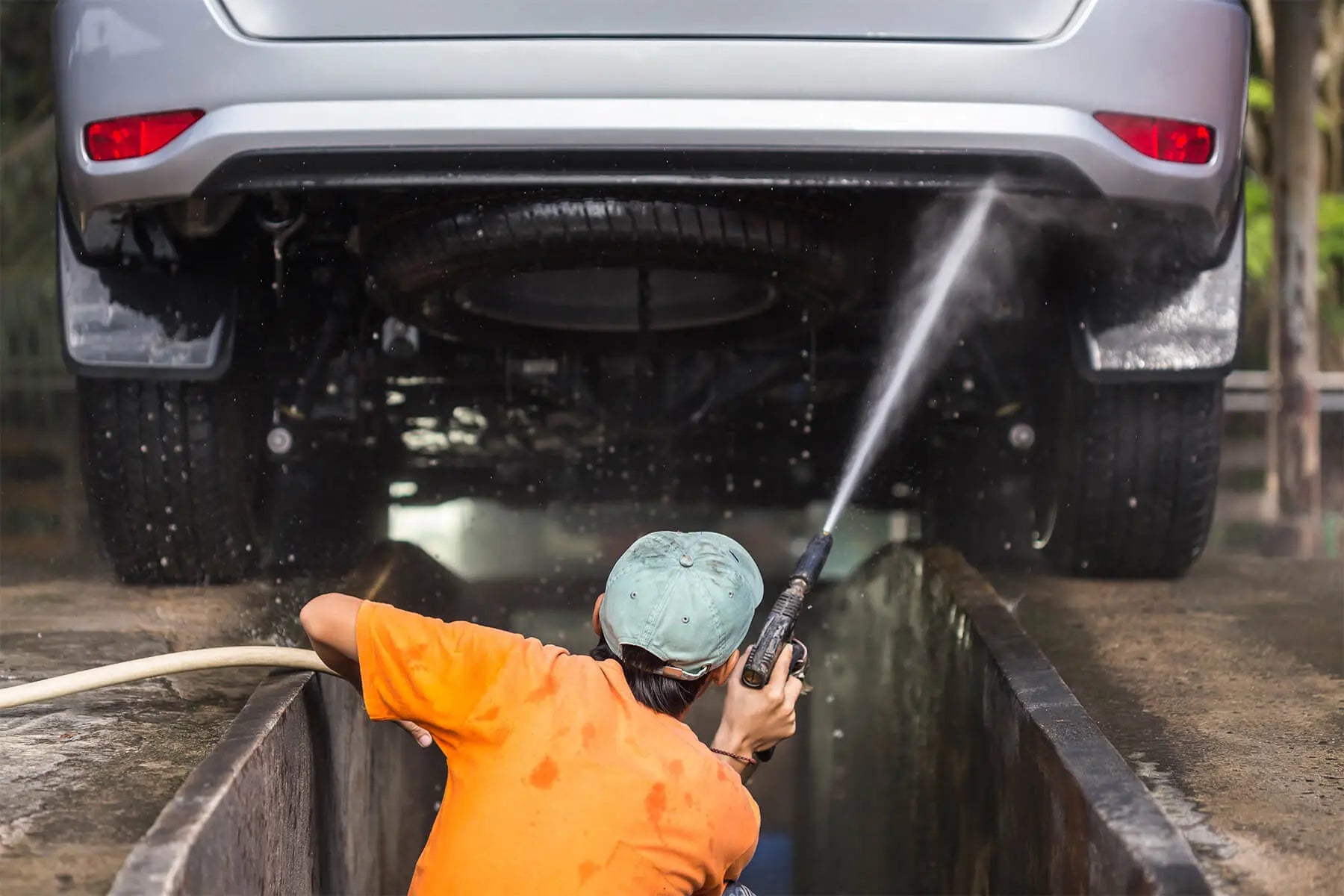
When washing and cleaning your car, it can be pretty easy to forget about your engine bay. After all, it’s the part of your car that you probably see the least.
Since the exterior of your car is subjected to extremely harsh environmental elements, it often gets the most attention when cleaning. The interior of your car is usually just behind the exterior as that’s where you’ll spend all your time when cruising.
However, just because you won’t be looking at the engine bay nearly as often as these areas, it doesn’t mean that you should let it stay filthy. Even though it might be a dirty job sometimes, it’s important to make sure you’re properly cleaning your engine bay periodically.
Read on to learn more in this article of shine armor blog!
Why Does Cleaning Your Engine Bay Matter?
Just like washing and detailing your car, the largest benefit to cleaning your engine bay is cosmetic. However, while it might not provide any performance enhancements, keeping your engine bay clean is a good habit to develop.
By getting up close and personal with your engine bay, you’ll be able to identify potential future issues and resolve them before they cause any significant damage.
The various rubber and plastic pieces of your engine will particularly take a brutal amount of punishment due to the intense heat. As a result, you should take the opportunity to look for any fluid that might be leaking from your engine gaskets. Check on your belts, hoses, spark plugs, and filters while you're at it. You should also check your fluid levels and refill them if necessary.
How Often Should You Clean Your Engine Bay?
There isn’t really an exact time frame for cleaning your engine bay, but it would be a good idea to include it whenever you detail your car.
The environment where you live can also play a factor too. For example, urban roads in the city will typically accumulate less debris than rural roads out in the country. Driving down a dirt road will naturally lead to way more dust and dirt finding its way into your engine bay than driving down a paved road.
The weather in your area will also impact the overall cleanliness of your engine bay as well. If you live in an area that frequently experiences heavy rainfall or snow, then it could lead to much more grime building up on your engine in a shorter amount of time.
you can see these car wash related products in shine armor:
- Shine Armor Vacuum Cleaner
- Shine Armor Graphene Ceramic Spray
- Spray Wax Quick Coat for Cars
- Performance Booster Oil Additive
What Builds Up In Your Engine Bay?
The engine of your car is an incredibly complex machine that will require lots of moving parts and all kinds of various liquids in order to function properly. Between these essential liquids and environmental elements, there are a lot of things that can build up in your engine bay.
These are some of the more common debris that you might encounter when cleaning your engine:
Dirt, Dust, and Mud
Driving through a puddle might only take a second, but the mud that splashes up into your engine can stick around for a long time. Dirt and dust can also start to clump together and stick to your engine bay as well, especially when it gets wet.
Thanks to the intense heat of your engine, these buildups can harden over time and get so thick that they might require a lot of effort to remove.
- buy exterior products from shine armor
- buy interior products from shine armor
Leaves, Twigs, Sap, and Other Natural Debris
If you often park your car near trees, you have probably already experienced issues with falling debris. The reproduction cycle of trees will result in a lot of possible debris that could land on your car and end up in your engine bay.
Don’t be surprised if the inside of your engine bay resembles a bird’s nest if you haven’t cleaned it in a while.
Oil
Your engine is extremely reliant on oil and requires it in order to function properly. Oil is required to provide lubrication for all the moving parts of your engine, so it pretty much gets everywhere. Since it’s moving all throughout your engine and often at high speeds, it’s fairly common for a leak to develop in the gaskets, sealants, hoses, or other connecting pieces of your engine.
Oil is already pretty dirty since it accumulates various by-products from combustion, but it can be very sticky and help build up even more dirt, dust, and grime on your engine.
Various Engine Fluids
Your engine relies on more than just oil to function properly. For example, brake fluid is required to help your brakes function smoothly.
Your engine uses transmission fluid to change gears more efficiently, and coolant helps to keep your engine from overheating. Any one of these fluids might leak out onto your engine and lead to a buildup of gunk and grime.
The 8 Dos and Don’ts of Cleaning Your Engine Bay
The more often that you clean your engine bay, the less buildup there will be and the easier it will become. However, the first time might be pretty filthy and take a while to get all the gunk removed from the various nooks and crannies.
It’s important that you take your time as there are a few dangerous elements involved that can potentially hurt you or damage your engine.
These are the most important dos and don’ts to follow when cleaning your engine bay:
1. DO Pick a Warm Day To Perform the Cleaning
The best time to clean your engine bay is on a warmer day with low humidity and just a little bit of wind. These conditions can make it much easier for your engine to dry after you’ve cleaned it and should be comfortable enough for you to work without much issues.
2. DON’T Try To Clean Your Engine When It’s Still Tot
If your car was recently running, then you should pop the hood and allow it to cool for at least 30 minutes before you attempt to clean it. Not only can a hot engine severely burn your skin, but spraying it with cool water can crack or warp your engine and cause significant damage.
3. DO Take a Picture Before You Get Started
Taking a picture of your engine can be very beneficial as you will probably need to remove a few pieces and covers in order to clean it. Trying to put them back by memory can be a bit tricky, but a picture will help you get it perfect.
A picture can also help you easily see how much better your engine looks after a thorough cleaning and remind you of your hard work.
4. DON’T Use Your Bare Hands
Aside from being really filthy, there are lots of potential hazards and toxic materials that might be found in your engine bay. There is nothing to gain by using your bare hands and you should take the proper precautions to protect yourself. Alongside rubber gloves, you should also consider using safety glasses and a face mask to protect your eyes and mouth as well.
5. DO Cover Up All Electrical Components
Most of the electrical parts of your engine have some kind of waterproofing in order to protect them from damage. However, it’s a good idea to be overly cautious and cover them anyway, just in case.
Use plastic bags and zip ties to cover up anything you see that looks like it might require electricity to function, such as wires, fuses, or panel boxes. You should also locate and cover up your alternator and distributor with plastic. It would be wise to either disconnect the negative terminal of your car’s battery or just remove the battery altogether.
6. DON’T use a Foaming Degreaser
You will certainly need to use a degreaser to properly clean your engine bay, but soaking your engine with a foaming degreaser will often not have the desired effect and can be pretty risky. If you cannot properly remove all of the residue, it could lead to corrosion and might damage your engine.
Even though it might take more time, you should stick to using a rag and a more simple degreaser and clean your engine bay piece by piece. A normal kitchen degreaser should be fine, but more stubborn and intense build-ups might require stronger chemicals and a brush with soft bristles to break up.
7. DON’T Use a Pressure Washer To Rinse
After you have applied your cleaning products, you will need to give your engine a good rinsing to remove all the buildup and chemicals. It might be tempting to thoroughly clean your engine using a pressure washer, but you might end up causing way more damage than it’s worth.
A high-pressure stream of water might punch through the various gaskets and seals of your engine or break the plastic coverings on your electrical components and damage them. A regular nozzle on your garden hose should provide more than enough water pressure to adequately clean off your engine after you’ve used a brush or rag to apply a degreaser.
8. DO Take Time To Properly Dry Your Engine
Working on a warm day can help to speed up the process a little bit, but you can do even more to help out. Using compressed air can be a good way to speed up the drying process and blast out any buildup that may have escaped your reach.
A leaf blower can be a decent substitute if you don’t have compressed air easily available. Using a towel or rag can also help to remove any water that might have accumulated and give you a final sweep over your engine before calling it a day.
Good Habits To Keep it Running
The outside of a car is what most people will see, and so it often gets the majority of love when cleaning. Keeping your paint clean, sealed, and blinding is motivating on its own, but it can be harder to put in the work to clean your engine bay.
Since very few people will ever see your engine, you might not be as keen to keep it as clean as the interior or exterior of your car. However, by taking the time to properly clean your engine, you can check for any leaks and look for parts that might need to be replaced.
Remember that just because you don’t often see your engine, it doesn’t mean that you shouldn’t care about it as much as the parts that you see all the time. Keeping your car running smoothly is all part of being a car owner and part of those late-night joy rides we all know and love.
Related blog posts:
- How To Remove Oxidation From Car Paint Even if it's Heavy
- How To Use A Touch Up Paint Pen (And Not Make A Mess)
- What is a Good Substitute for Car Wash Soap?
- How to Remove a Stripped Oil Drain Plug





